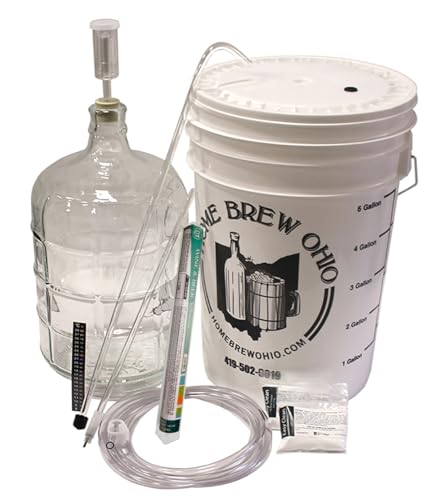Very good comments so far.
Something to consider when making country wines.....
* Depending on the fruit involved and the sugar content, targeting an ABV around 4% to 5%, water will need to be added. When water is added, the flavors are diluted. Water also dilutes acidity.
* Peaches, for example, have a sugar content of about 5 Brix or a gravity of 1.04. That gives an alcohol potential of about 5% ABV. While that seems right on the money for your target amount, 100% peach juice brings on the challenge of clearing, not to mention measuring gravity with a hydrometer.
* The acid content of different fruits can vary wildly. Not only the acids in the types of fruit vary, but the acid will vary depending on when they are harvested. So unless having a pH meter and testing for TA, guessing at supplementing acids is just that, a >guess<.
* IMO, adding tannins to country wines is not necessary. Many fruits already have tannins in the skins. Tannins are found in the stems of grapes. Consider using a small amount of grape stems from store bought grapes. Larger stems are bitter, the milder tannins are found near the clusters of grapes.
* The amount of solids in a fermentation along with tannins and the other components, like fusels, determine the length of aging needed to smooth out tastes. Alcohol content is not the only thing that impacts the taste.
* "Novellino" translated into English means NEW, FRESH, EARLY. So, a new wine is typically a "green" wine and carries more sharper tastes. Be aware that the marketing on the label may not actually be new wine. I'm willing to bet, the wine is not "new" at all and probably aged to make it smoother.
* I suggest taking a look at fermenting table grapes from the grocery store. Table grapes typically have about 1/2 the amount of sugar of varietal grapes.
Whatever you decide, have fun!
Barry





















































